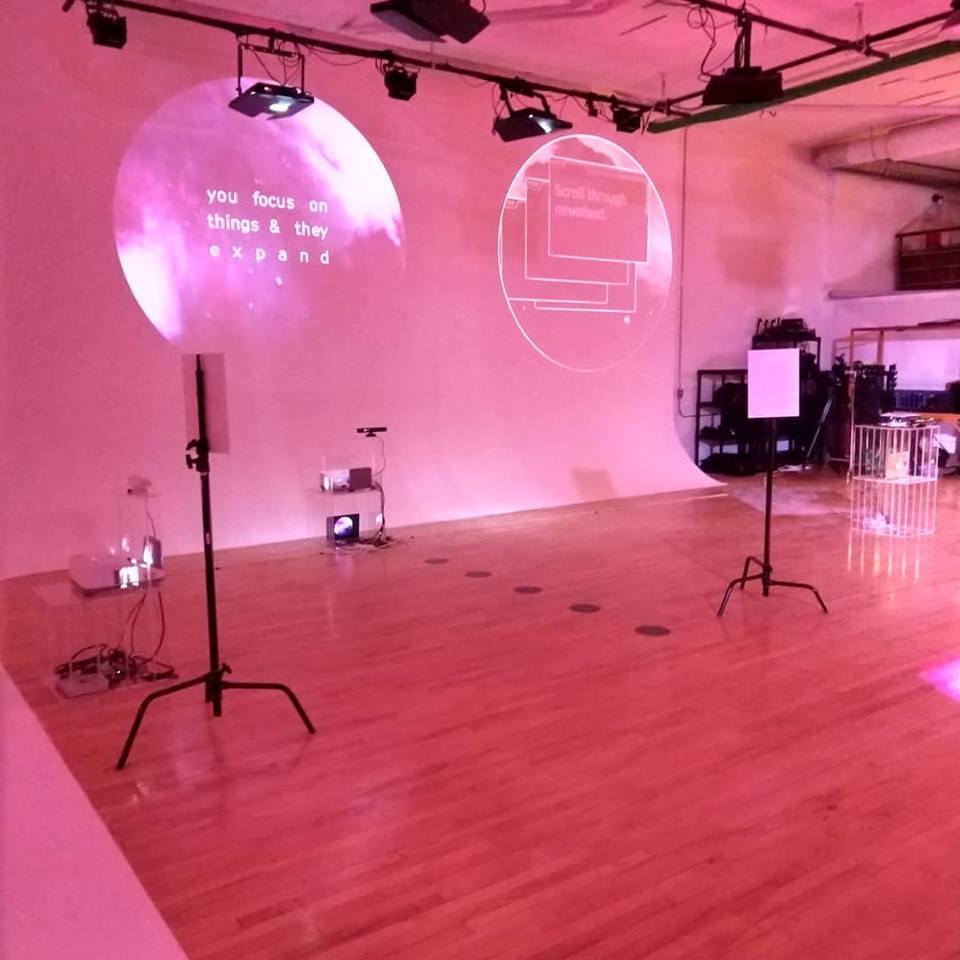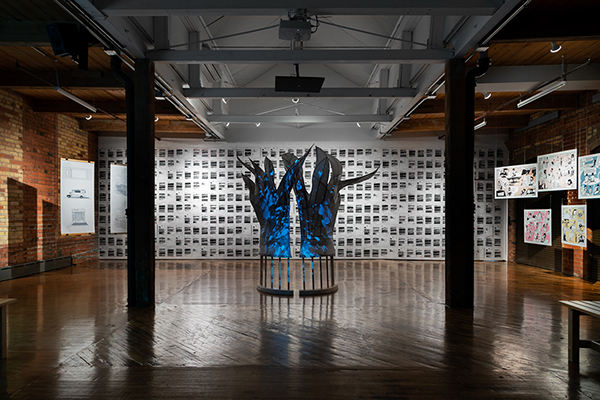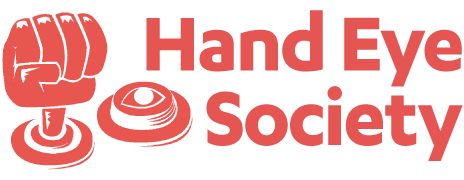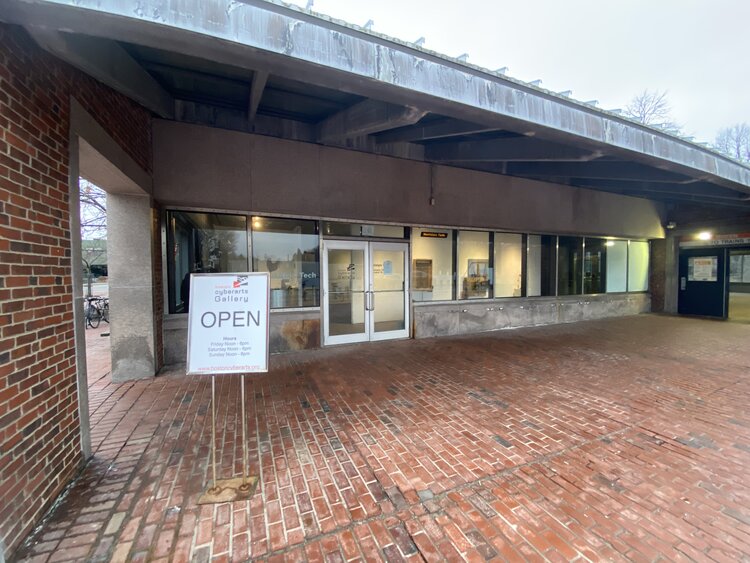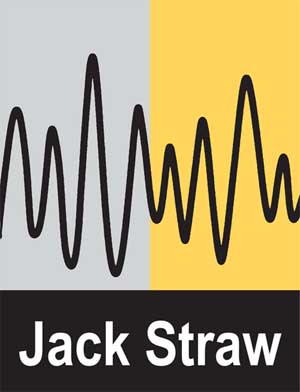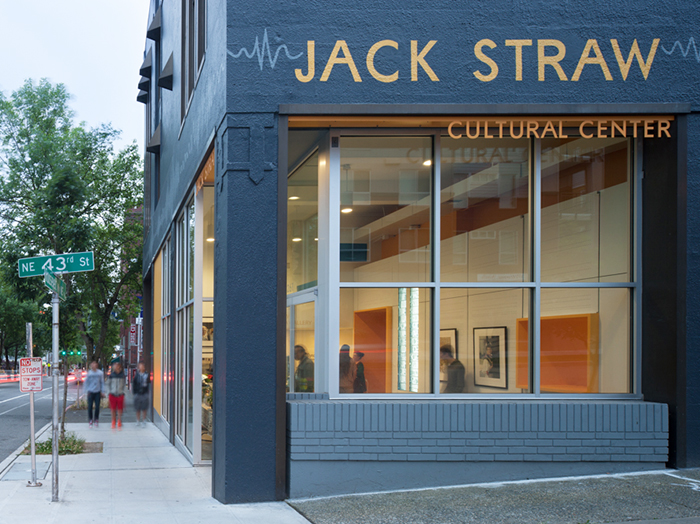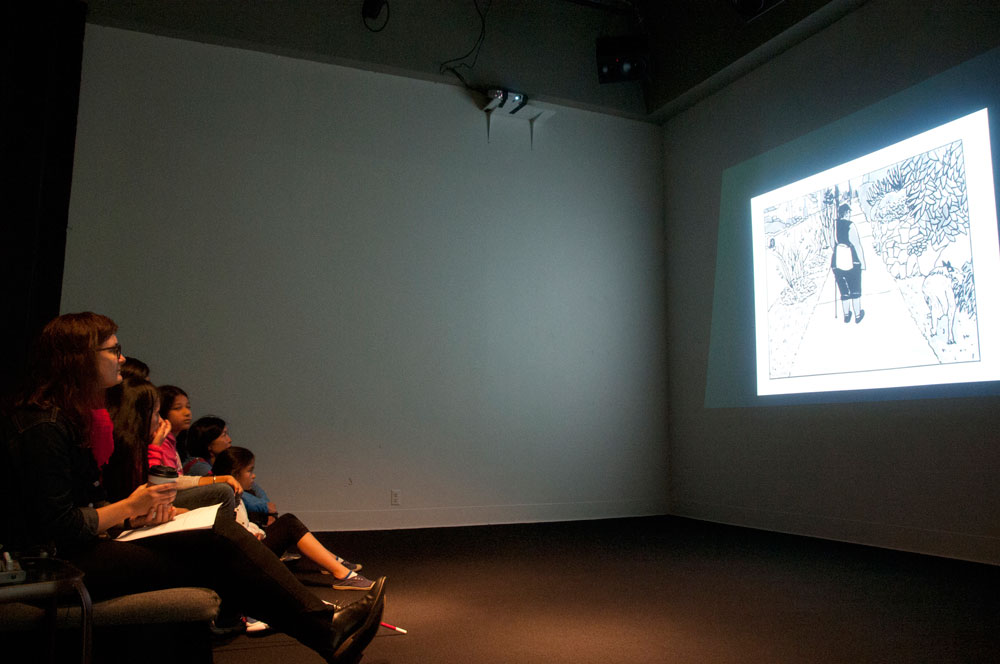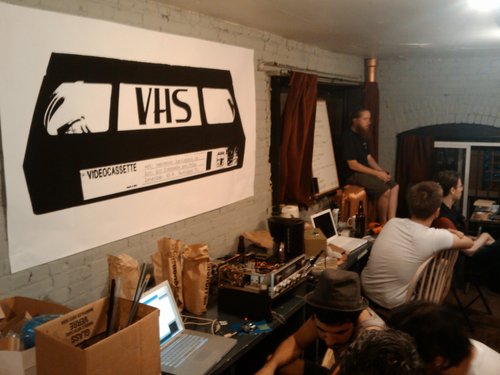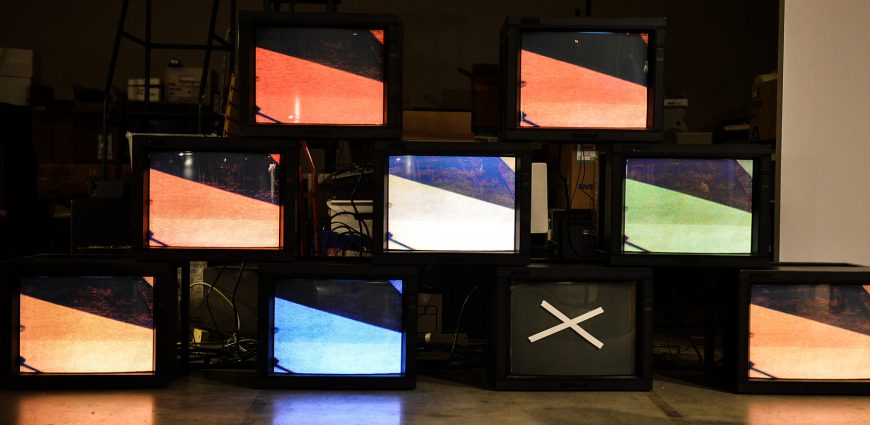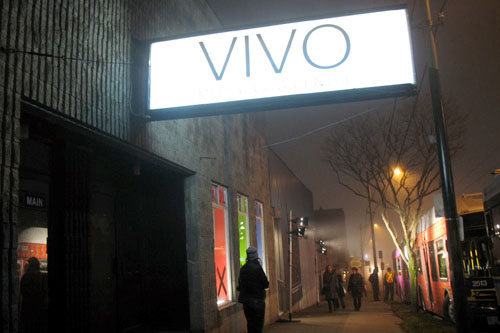Jack Straw Cultural Center is the Northwest's only non-profit multidisciplinary audio arts center. A community-based resource since 1962, we provide a production facility that is unlike any other in the region for local artists who work creatively with sound. Jack Straw focuses on annual artist residencies through our Artist Support Program, our Writers Program, and our Gallery Residency Program; art and technology education for all ages; arts and heritage partnerships; and radio and podcast production. Our full-service recording studio is also available for a range of arts projects.[1]
Mission
Jack Straw Cultural Center exists to foster the communication of arts, ideas, and information to diverse audiences through audio media. We provide creation and production opportunities in audio media, including radio, theater, film, video, music, and literature. Dedicated to the production and presentation of all forms of audio art, Jack Straw 1) produces high quality, innovative audio presentations; 2) commissions independent artists of all disciplines to create sound and audio productions; 3) provides arts and technology education programs for youth and adults; 4) collaborates with arts and heritage organizations to integrate sound and music into their programs; and 5) presents audio productions through events, exhibits, radio, film and the internet.[1]
Jack Straw New Media Gallery
The Jack Straw New Media Gallery opened in 1999 to support artists working with visual and installation art, with an emphasis on sound. The Gallery is one feature of the New Media Gallery Program, and is one of three residency programs at Jack Straw. The New Media Gallery exhibits artists' work through an open call process like the Artist Support Program and Writers Program. As one of a handful of exclusively sound art spaces in the world, it has been attracting applicants nationally and internationally, however Jack Straw has a commitment to local artists.[2]
Gallery residencies include an exhibition of up to three months in the gallery; 20 hours of studio assistance with one of our engineers; access to Jack Straw Cultural Center's audio recording, production, and presentation equipment; two public events - the opening and an artist talk; and an interview podcast. This residency is for exhibiting and performing artists in any medium who would like to incorporate sound into their work.[2]

